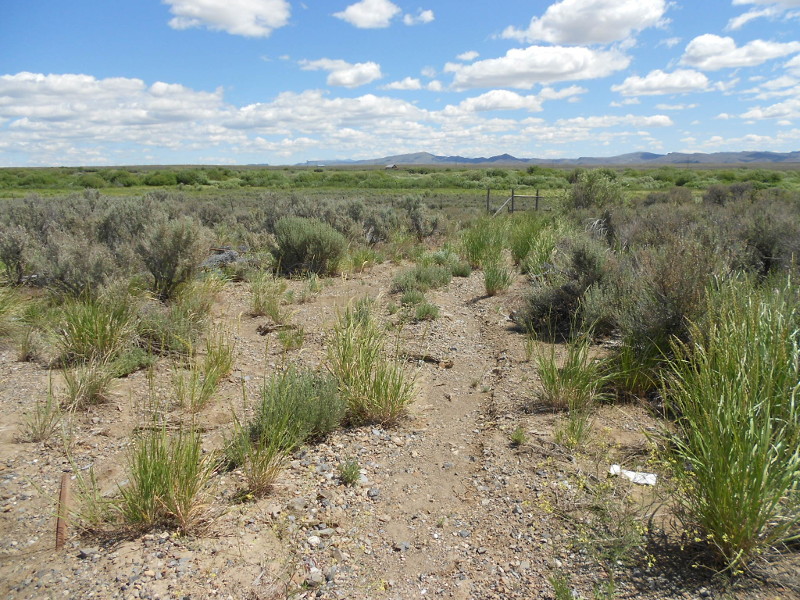| Categories: |
|---|
Estimated reading time: 2 minutes
Operational and regulatory decisions depend on insights and knowledge gained from analyses of data collected in compliance with water quality permit conditions. These data need to be set in their spatial and temporal contexts and associated with aquatic biota, beneficial uses of the waters after leaving the project boundaries, and the geomorphic settings through which they flow. A white paper on the relationships of total dissolved solids (TDS) with selected minerals from a sample of streams on both sides of the Independence Mountains in northern Elko County, Nevada, is analyzed and interpreted for use by operators and regulators.
Total dissolved solids (TDS) is not a pollutant. It is considered an aesthetic issue in drinking water (as a secondary standard) and might affect crops depending on the plant, soil, and constituents contributing to TDS in irrigation water. Aquatic organisms are well adapted to temporal and spatial variation in TDS concentrations. Because TDS is a measure of those molecular ions less than 2 µm in diameter, understanding its dynamics helps both company management and regulators make well-informed decisions appropriate to locations and beneficial uses of the receiving waters.
The Jerritt Canyon Mine property occupies approximately 125 square miles in the northern Independence Mountains. Streams in the various drainage basins ultimately drain into both the Owyhee River (a tributary of the Snake River) and the North Fork Humboldt River. This white paper reports results of the initial analyses characterizing TDS in 8 streams where water samples for permit compliance have been collected in various periods over approximately 30 years.
The core question answered here is: What is TDS? The answer depends on the stream and various ions. Further analyses and modeling incorporate available data on fish and macroinvertebrates and the geomorphic contexts of the different drainage basins, the stream networks that drain them, and differences among sites within a single stream. There is no one consistent chemical (calcium, chloride, magnesium, sodium, sulfate) or water characteristic (conductivity or specific conductance) that is a consistent predictor of total dissolved solids concentrations.
For streams below waste rock disposal areas (RDAs) and other industrial and agricultural operations there are many extreme outlying values for chemical constituents such as total dissolved solids, specific conductance, magnesium, and sulfate. However, these maximum values are far removed from the most probable values (approximately 66% of all measured values) of these constituents in these streams. This means that the most probable measurement is far less than the maximum recorded in a stream.
This work was originally published on the Applied Ecosystem Services, LLC web site at https://www.appl-ecosys.com/blog/total-dissolved-solids/
It is offered under the terms of the Creative Commons Attribution-NonCommercial-NoDerivatives 4.0 International license. In short, you may copy and redistribute the material in any medium or format as long as you credit Dr. Richard Shepard as the author. You may not use the material for commercial purposes, and you may not distribute modified versions.


